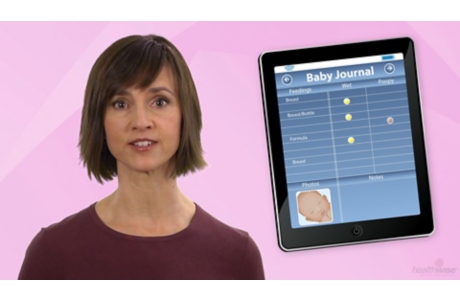Emotional and Social Growth in Newborns
Overview
Your newborn starts to communicate with you right away. Newborns need and, in their own way, ask for social interaction with others. They communicate by moving their arms and legs. They gaze toward a familiar voice. Your baby's face may brighten as they watch your face and movements. When they break their gaze, it means that they need a rest from the interaction.
Crying can mean that your baby may be hungry, lonely, bored, uncomfortable, or simply overwhelmed. You will soon learn to figure out your baby's types of crying. You may even be able to do it within the first few days after delivery.
A newborn's smile most often occurs during sleep. Smiles while awake are reflexive reactions to a face or voice. They aren't an emotional response. But during the second month, your baby's smiles become a true sign of pleasure or friendliness.
Each baby is born with their own disposition, or temperament. They may be quiet, sensitive, demanding, or easily distracted. Temperament often determines:
- A newborn's emotional reactions.
- How well the baby can focus.
- How well the baby can adapt to change.
- The baby's activity level (quiet versus busy).
For example, some newborns are more sensitive and can easily get too stimulated. These babies may overreact to playful rocking. Other less sensitive babies might respond with a bright face and interest.
Recognize how your own personality and moods influence your reactions to your baby. If you're an active person and have a quiet baby, you may need to adjust what you expect and how you interact.
Related Information
Credits
Current as of: October 24, 2024
Author: Ignite Healthwise, LLC Staff
Clinical Review Board
All Ignite Healthwise, LLC education is reviewed by a team that includes physicians, nurses, advanced practitioners, registered dieticians, and other healthcare professionals.
Current as of: October 24, 2024
Author: Ignite Healthwise, LLC Staff
Clinical Review Board
All Ignite Healthwise, LLC education is reviewed by a team that includes physicians, nurses, advanced practitioners, registered dieticians, and other healthcare professionals.







